LEARN HOW THE OFF-GRID PV ELECTRICAL SYSTEM FUNCTIONS
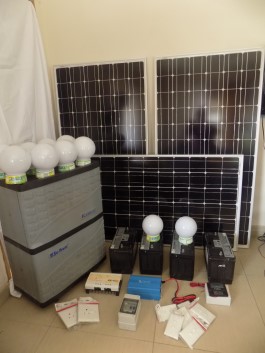
Welcome to the world of solar energy!
The world of solar energy has some distinct advantages. No longer do you have to pay those monthly electrical bills, and your electrical energy is no longer dependent on the operation of the national electrical grid. Knowing how your solar electrical system functions is helpful so you feel comfortable in depending on its operation, as well as appreciating the purpose of each component so you can take good care of your system for long years of reliable service.
The solar electrical system appears to be a complicated system of many little pieces the first time that you look at it. Every part has its purpose, and the performance of your system is very dependent on selecting the correct mix of components and assembling them in a way to be reliable and effective for your electrical needs. The following short tutorial on how the system works together with its major pieces should help you in understanding what goes on inside of those mysterious components.
A SIMPLIFIED TUTORIAL ON WHAT MAKES A SOLAR ELECTRICAL SYSTEM TICK...
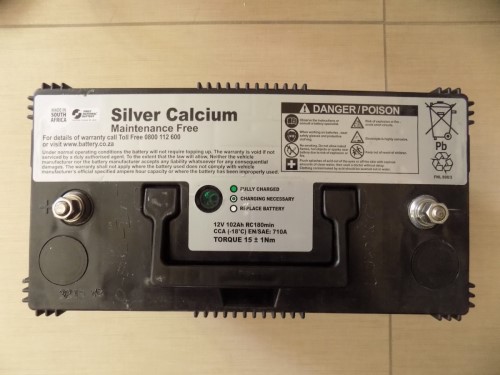
The Battery
The battery is the heart of the solar electrical system. A simple system for small applications might only have one battery, but usually multiple batteries are connected together to form a battery bank. The specific purpose of the battery bank includes:
- store power so the system can operate at night or during cloudy weather
- provide extra power when the solar panels cannot meet the power demand
- stabilize the system for continuous power output
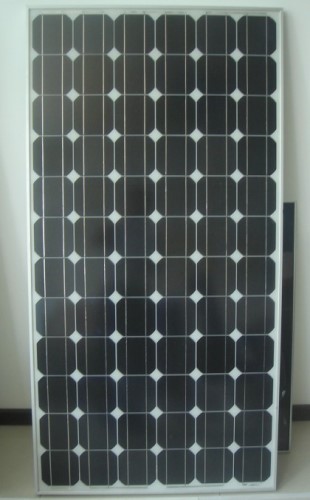
The Solar Panel
The solar panel, often referred to as a "solar module" or Solar PV (photo voltaic) panel", serves a very straight forward function: It converts sunlight into electrical energy. Panels come in various sizes, varying in power output ratings. Dezman Investments generally uses PV panels ranging from 85W - 300W. Although a single panel can supply power to a small application, generally multiple panels are interconnected to form a solar array, which is usually mounted on the North facing side of your home's roof where there is no shade from trees or other obstructions. The PV modules provide their maximum rated power output in bright sunlight, but can also produce useful power at a reduced rate in cloudy conditions. The panels do not produce any power at night, not even when the moon appears bright.
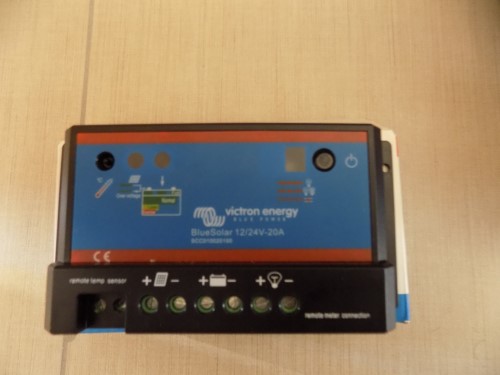
Solar Charge Controller
The solar charge controller connects the battery bank to the PV module array. The general solar charge controller will monitor the battery charge and regulate the incoming PV module power so that the battery bank is not damaged from over charging. For large solar arrays, specialized solar charge controllers called Maximum Power Point Trackers (MPPT) convert the PV module power to a form that allows the maximum performance of the module array to be used to charge the battery.
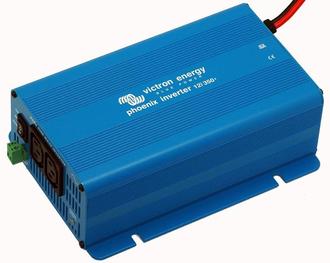
The Power Inverter
The power inverter converts the low-voltage, direct current stored in the battery into a form of electricity called Alternating Current (AC) simular to the type of electrical current found in common household wall plugs and light fixtures, in other words, like the electricity you would have if you were connected to the electrical grid. Small inverters allow the operation of slow consumption appliances such as:
- small and medium television set
- lights
- computer, such as a desktop or laptop or I-pad
- radios including small Hi-Fi type
- cell phone chargers
Larger inverters are needed to run the heavier consumption appliances including:
- power tools such as drills, grinders, power saws
- washing machine
- large screen television
- multiple computers at the same time
- cooling fans and blowers
- refrigerators and freezers
The electric range or cooking stove, air conditioner, and clothes dryer take a very large amount of electricity to operate and are generally not practical to use with a solar electric system.
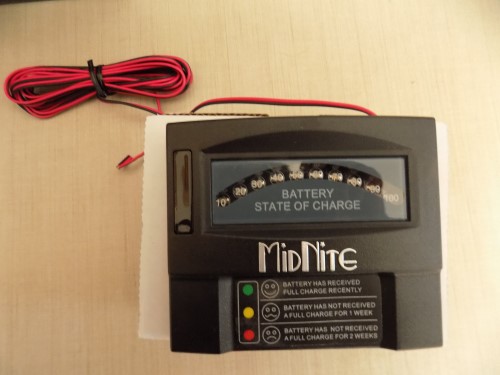
The Battery Monitor
The battery monitor allows you to see how much electricity you are consuming and how much is left in the battery bank. By checking the monitor regularly, you will not run out of power unexpectedly, and you can ration the available power to suit your personal and household priorities, for example, by turning off the television early enough so you have enough electricity to keep a night light on until morning.
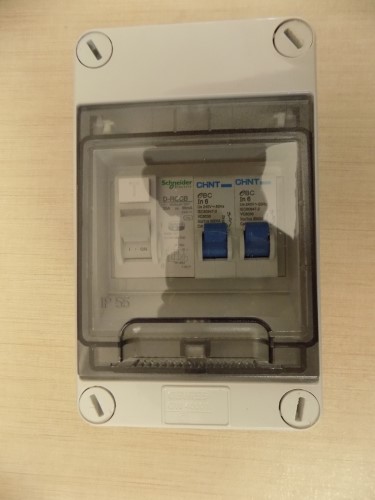
The Output Circuit
The output circuit comprises of all you would use your electricity for in your household. This includes lights, wall plugs, and it is also possible to have a special refrigerator or freezer connected directly to the battery bank.
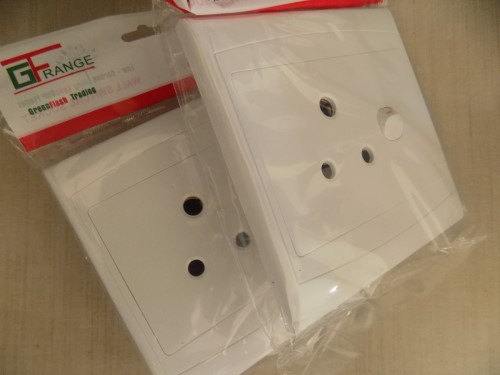
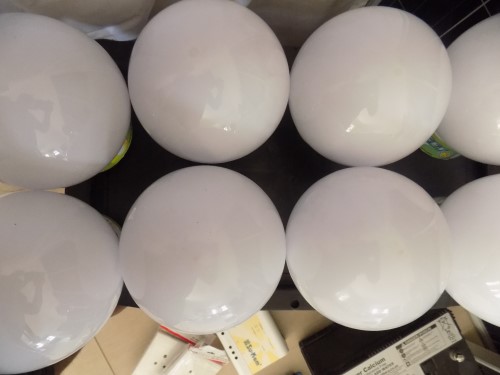
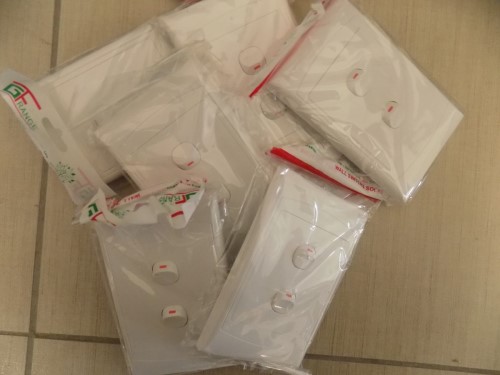
Contact us:
- Phone: 065-224-156
- E-mail: dezmansolar@gmail.com
- Cell: 081-128-8267 Mr. Tuakondja Shikongo
Back to Home
Copyright © 2016 Dezman Investments CC; all rights reserved
The battery is the heart of the solar electrical system. A simple system for small applications might only have one battery, but usually multiple batteries are connected together to form a battery bank. The specific purpose of the battery bank includes:
- store power so the system can operate at night or during cloudy weather
- provide extra power when the solar panels cannot meet the power demand
- stabilize the system for continuous power output

The Solar Panel
The solar panel, often referred to as a "solar module" or Solar PV (photo voltaic) panel", serves a very straight forward function: It converts sunlight into electrical energy. Panels come in various sizes, varying in power output ratings. Dezman Investments generally uses PV panels ranging from 85W - 300W. Although a single panel can supply power to a small application, generally multiple panels are interconnected to form a solar array, which is usually mounted on the North facing side of your home's roof where there is no shade from trees or other obstructions. The PV modules provide their maximum rated power output in bright sunlight, but can also produce useful power at a reduced rate in cloudy conditions. The panels do not produce any power at night, not even when the moon appears bright.

Solar Charge Controller
The solar charge controller connects the battery bank to the PV module array. The general solar charge controller will monitor the battery charge and regulate the incoming PV module power so that the battery bank is not damaged from over charging. For large solar arrays, specialized solar charge controllers called Maximum Power Point Trackers (MPPT) convert the PV module power to a form that allows the maximum performance of the module array to be used to charge the battery.

The Power Inverter
The power inverter converts the low-voltage, direct current stored in the battery into a form of electricity called Alternating Current (AC) simular to the type of electrical current found in common household wall plugs and light fixtures, in other words, like the electricity you would have if you were connected to the electrical grid. Small inverters allow the operation of slow consumption appliances such as:
- small and medium television set
- lights
- computer, such as a desktop or laptop or I-pad
- radios including small Hi-Fi type
- cell phone chargers
Larger inverters are needed to run the heavier consumption appliances including:
- power tools such as drills, grinders, power saws
- washing machine
- large screen television
- multiple computers at the same time
- cooling fans and blowers
- refrigerators and freezers
The electric range or cooking stove, air conditioner, and clothes dryer take a very large amount of electricity to operate and are generally not practical to use with a solar electric system.

The Battery Monitor
The battery monitor allows you to see how much electricity you are consuming and how much is left in the battery bank. By checking the monitor regularly, you will not run out of power unexpectedly, and you can ration the available power to suit your personal and household priorities, for example, by turning off the television early enough so you have enough electricity to keep a night light on until morning.

The Output Circuit
The output circuit comprises of all you would use your electricity for in your household. This includes lights, wall plugs, and it is also possible to have a special refrigerator or freezer connected directly to the battery bank.



Contact us:
- Phone: 065-224-156
- E-mail: dezmansolar@gmail.com
- Cell: 081-128-8267 Mr. Tuakondja Shikongo
Copyright © 2016 Dezman Investments CC; all rights reserved